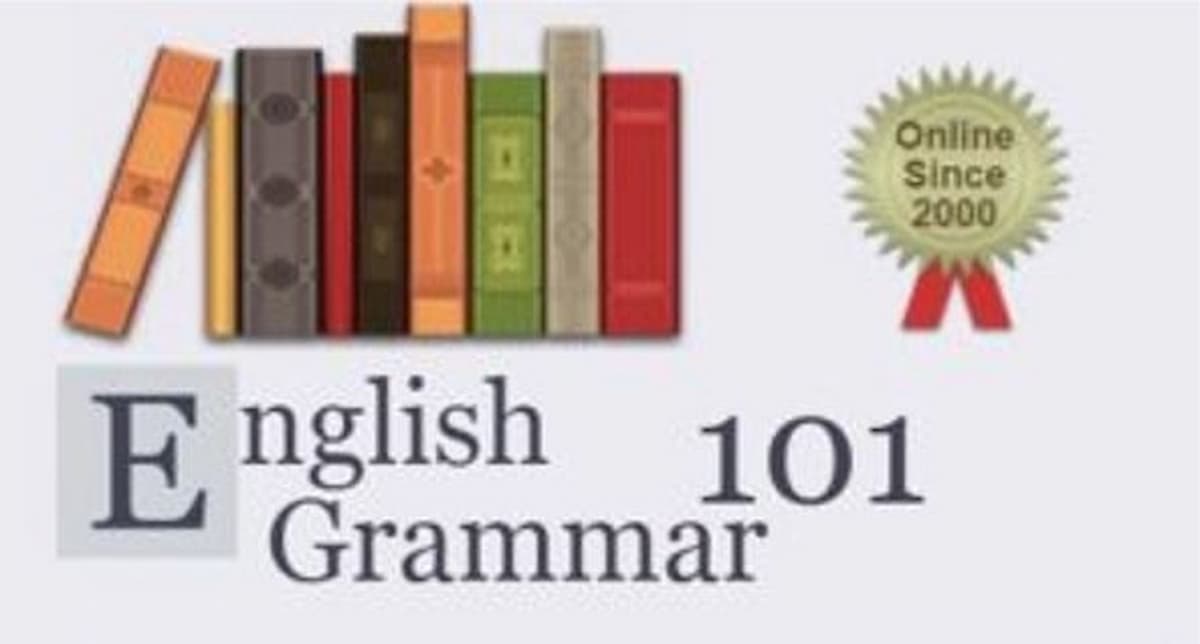
Using sentence variety is an essential aspect of effective writing. It involves incorporating different sentence structures and lengths to create a more engaging and interesting piece of writing. Without sentence variety, writing can become monotonous and boring which causes readers to lose interest and engagement. In contrast, a writer who uses varied sentence structures can capture the reader’s attention and create a more enjoyable reading experience.
In addition to improving reader engagement, sentence variety also enhances the clarity and impact of one’s writing. By using different sentence structures, writers can emphasize key ideas, convey tone and mood, and deliver a more nuanced message. This allows writers to convey their intentions more effectively and with greater impact which makes their writing more persuasive and memorable.
Use the mini-lesson below to help your students incorporate more sentence variety in their writing:
Identify and Discuss
Have students read a piece of writing with varied sentence structures, such as an article from a news magazine or an excerpt from a novel. Then, have students identify the different sentence structures and lengths used in the piece, and discuss how they contribute to the overall impact of the writing.
You can guide this activity with a set of highlighters and guided questions. For example, ask your students to highlight any sentence with 1-2 commas with a yellow highlighter. In partners or groups you may ask “What is the impact of this longer and more complex sentence? How does it contribute to the reader’s experience?”
Next, students can highlight short or abrupt sentences in a different color. You may ask a similar question – “How do these short sentences impact the article or story?”
Lastly, have students discuss how the inclusion of multiple sentence styles create a more interesting and engaging story. “How would this article feel different if every sentence was written in the same way? Why is it important for writers to vary their sentence structures?”
This activity can be repeated with multiple stories or articles, fiction or nonfiction, and with many different sentence styles highlighted and compared.
Practice Your Own
After students have an understanding of different sentence styles and variety, it’s time to practice! Students can use models they have seen from articles, books, or teacher models as a starting point or they can work from a blank page without a model for a more rigorous activity.
Creating sentences may be easier for students when provided a given topic, so consider choosing a topic for your class, or if students have a topic in which they are particularly interested, then simply let your students choose their own topic.
Next, ask your students to produce about 2-3 written paragraphs on this topic with a goal of implementing at least 3 varieties of sentence structures. You may choose to focus on specific sentence structures, or you may request the most variation of sentence structures that students are able to generate.
Writing can be exhausting and challenging for students, so it’s important to keep this practice chunked into timed segments and always plan for feedback at the end of practice.
Peer Review
After about 20-30 minutes of independent student practice, it’s time for feedback! Have students peer-review each other’s writing, specifically focusing on sentence variety and offering suggestions for improvement.
It is best practice to give students a checklist or set of criteria for success when setting up the peer feedback process. In this example, you want to focus on sentence variety, so your checklist might include something similar to the following: Two compound sentences, two complex sentences, at least one use of a short sentence, etc.
When students give each other feedback, they should record their notes on the checklist then return it to the original student so they can then implement the feedback.
Another tip: Give your students sentence starters for overall feedback – “Your sentences were effective when… Your sentence variety could be more effective if…” This process of peer editing not only makes students stronger writers but also prepares them to be better editors of their own work.
By incorporating this lesson on sentence variety, students can develop a greater understanding of its importance and learn strategies for incorporating it into their own writing moving forward.
Read More

English Grammar 101 Alternatives

When You Ask for Analysis but You Get Summary Instead

Establishing Confident Writers Through Creativity and Self-Expression

Brainstorming Through Writer’s Block

Four Steps to Teaching Your Students Adverbs

How to Fire Your Internal Critic

What Just 10 Minutes of Daily Journaling Can Do for Student Writing


